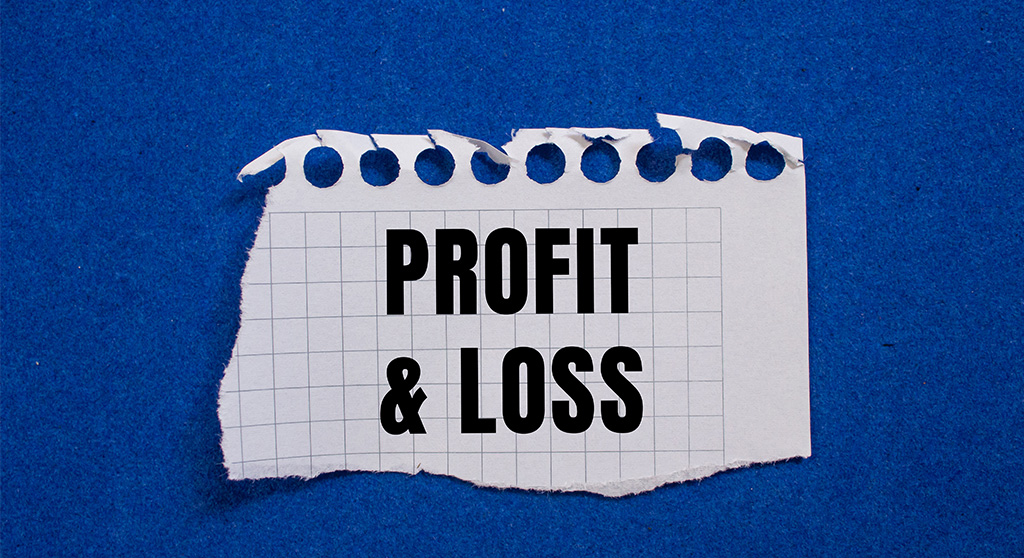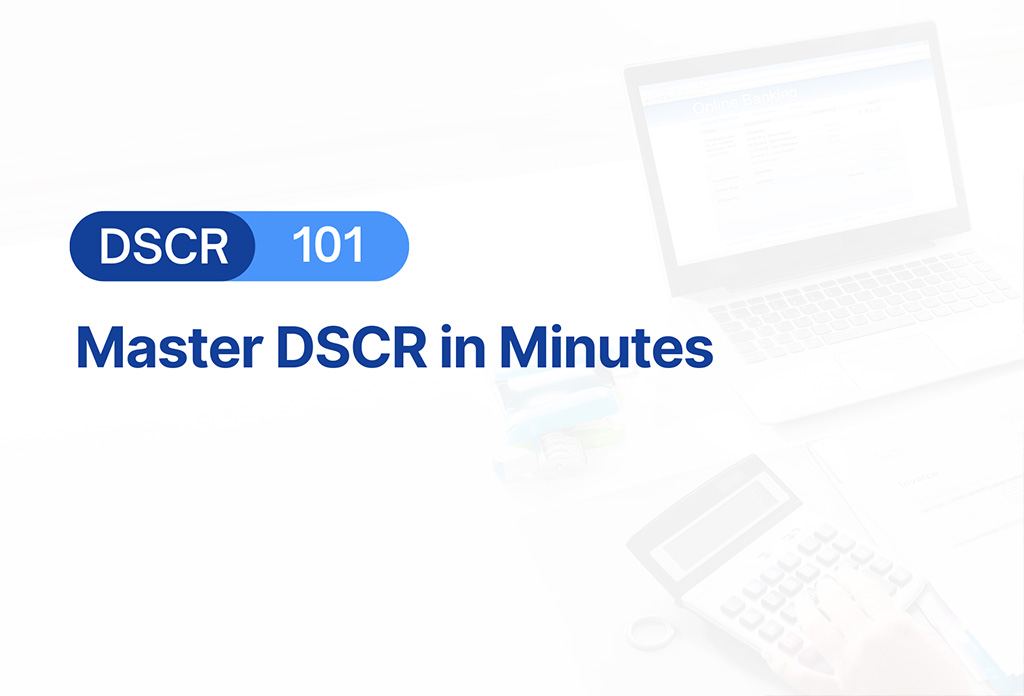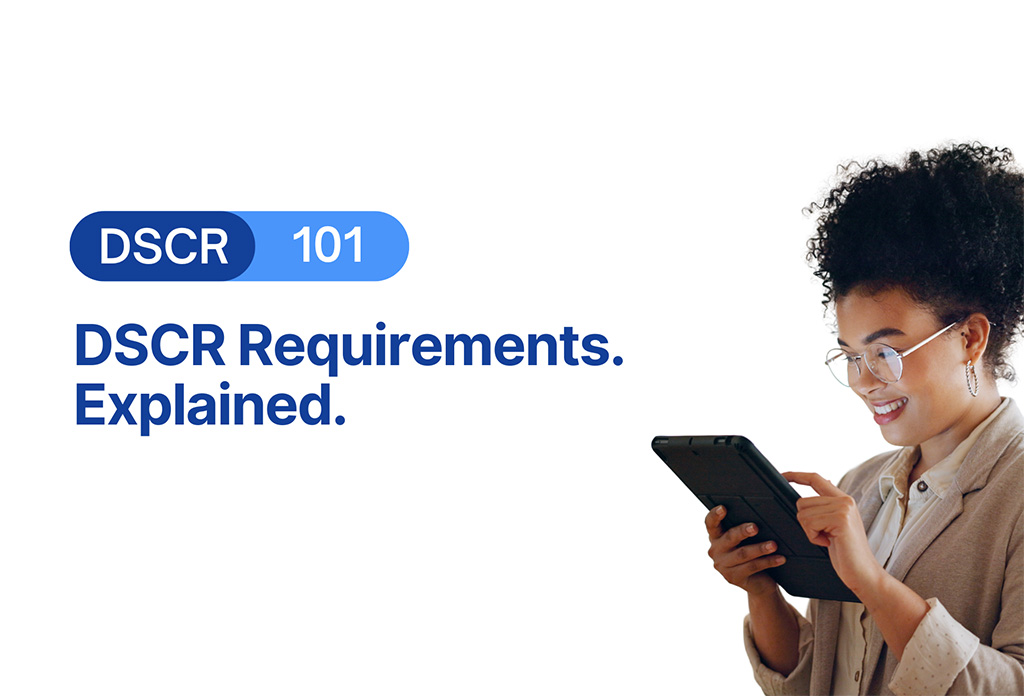Everybody knows someone who’s self-employed, side hustling, or has income that doesn’t fit neatly into a W-2. And what they don’t want to hear from a lender is, “You don’t qualify because your tax returns don’t line up.” That’s where bank statement loans come in - and when you understand them deeply, you become the broker who borrowers rely on to get deals done.
Bank statement loans aren’t new, but most brokers still miss how powerful they are. When you know how to position them not just as a workaround but as a strategic tool, you stop chasing leads and start building long-term referral relationships.
Let’s break it down step by step.
1. What Is a Bank Statement Loan?
A bank statement loan is a non-QM product that helps borrowers - usually self-employed individuals - qualify based on real cash flow instead of tax returns.
Instead of verifying income through W-2s or tax filings, the lender uses 12 to 24 months of business or personal bank statements to calculate income. The logic is simple: consistent deposits show consistent income.
Here’s the short version:
- The lender reviews monthly deposits over the chosen period.
- An expense factor (usually 10–50%) is applied to account for business costs.
- The remaining average is treated as qualifying income.
- Credit, identity, and asset documentation are still verified, but there’s more flexibility.
This gives borrowers with real income - but complex financials - a legitimate way to qualify.
What most brokers overlook is how customizable these programs can be. Some lenders allow blended statements for partnerships, while others will consider seasonal income or alternative verification if it’s consistent. Learning these differences helps you match the right borrower to the right product instead of trying to force a fit.
2. How It Works Behind the Scenes
Understanding how underwriting views these loans helps you guide borrowers confidently instead of guessing what will get approved.
Step 1: Gather the right statements
You’ll need 12 or 24 consecutive months of complete bank statements. The cleaner the documentation, the faster the review.
Step 2: Determine the expense factor
Lenders apply an expense ratio to offset business costs. It’s often 50%, but it may be lower if a CPA letter or supporting financials justify it.
Step 3: Average deposits
Once deposits are adjusted for expenses, the lender averages the income over the chosen months to create a monthly qualifying figure.
Step 4: Verify credit and identity
Bank statement loans still look at credit, debt-to-income ratios, and property type. However, the key difference is that the income comes from deposits, not a 1040 tax form.
Here’s where you can stand out: explain to your client what underwriters really want to see - consistency, clear cash flow, and a story that makes sense. If there’s a dip in deposits, have a note ready explaining why. The more context you give, the more credibility you build with the lender.
3. Why Investors and Self-Employed Borrowers Love Them
Bank statement loans solve a real problem: tax returns that don’t reflect reality. Here’s why your clients will thank you for knowing about this product:
- They show true income: Many business owners and investors use deductions that make their taxable income look smaller. Bank deposits show the real picture.
- They allow flexibility: Borrowers who are building a portfolio or scaling their business can still qualify without waiting for their tax returns to “catch up."
- They keep deals moving: For investors juggling multiple properties, this option keeps acquisitions on schedule even when documentation slows down conventional loans.
- They reward strong cash flow: Consistent deposits carry more weight than tax line items that don’t reflect actual liquidity.
Another reason investors like them? They can use different entities or accounts for separate projects without complicating the income picture. For example, an investor might use one LLC for flips and another for rentals, and a bank statement program can still recognize that activity if it’s documented properly.
The best part? You get to help clients keep momentum instead of watching deals die over paperwork.
4. Common Pitfalls to Avoid
Not every borrower fits, and not every set of statements tells a good story. Knowing where this loan doesn’t work will save you time - and your investor’s patience.
- Inconsistent deposits: Big swings from month to month make underwriting nervous.
- Large one-time deposits: Those will be questioned or excluded unless well-documented.
- Weak documentation: Missing pages, unclear sources, or mixed personal/business funds can sink an otherwise solid file.
- Poor credit history: While credit standards are looser, recent derogatories still matter.
- Low reserves: Some lenders require post-closing liquidity to offset the flexibility of income documentation.
Also watch for borrowers who want to “make it fit” by opening new accounts or moving funds around. Underwriters can spot that instantly. The stronger move is to coach your client months ahead - help them prepare clean statements now so they’re ready when the right property appears.
5. How to Position Bank Statement Loans Like a Pro
The goal is to show how the product helps borrowers hit their goals, not to “sell” it. Here’s how top brokers approach it:
Start with their situation, not the product.
Instead of leading with “I have a bank statement program,” start with “Let’s talk about how you’re showing income. If your tax returns aren’t reflecting what’s really coming in, we can use your bank statements instead.”
Educate without overwhelming.
Walk them through how lenders calculate income and why consistency matters. When you explain it simply, you instantly sound credible.
Position it as a bridge strategy.
For borrowers planning to refinance later, this can be a bridge product until they have enough traditional income history.
Keep it data driven.
Show how cash flow translates into buying power. Borrowers respect clarity and numbers more than sales talk.
End every conversation with next steps.
Even if a file doesn’t qualify now, show what would make it work - higher reserves, cleaner statements, stronger consistency. That follow-through keeps your pipeline moving.
And don’t underestimate follow-up. Revisit those not-quite-ready borrowers every 90 days. Their cash flow might improve, or they may have new statements that tell a stronger story, and you’ll be the broker who didn’t disappear.
6. Your Blueprint for Winning Using Bank Statement Loans
Want to look like you’ve done this a hundred times before? Use this simple process:
- Ask early: Get 12–24 months of statements before quoting.
- Run fast scenarios: Have an internal calculator or template ready.
- Pre-set expectations: Be upfront about expense factors, reserves, and credit minimums.
- Submit clean: Send all pages and supporting documents together.
- Stay proactive: Communicate clearly with underwriters; show your math.
- Track deals that didn’t close: Note what would have made them qualify next time.
You can also build a mini “Bank Statement Loan Checklist” to send to new clients. It positions you as organized, saves time, and makes the process feel professional from day one. A simple PDF that outlines what to gather, how deposits are reviewed, and common red flags can easily double your conversion rate.
7. Questions Brokers Hear (and How to Answer Them)
Q: Can borrowers really qualify without providing tax returns?
Yes. With a non-QM Bank Statement Loan, borrowers can qualify entirely through bank statement deposits instead of tax returns. As long as the statements show consistent, verifiable income and the borrower meets credit and property guidelines, tax returns are not required.
Q: How are large or irregular deposits treated in bank statement loans?
Large deposits are acceptable if they can be clearly explained or documented, such as proceeds from a sale, contract payment, or bonus income. If the source cannot be verified, the lender may discount or exclude those deposits from the income calculation.
Q: Do borrowers need to provide both business and personal bank statements?
Not always. Most non-QM programs accept either business or personal bank statements, depending on the borrower’s structure. Business statements are typical for self-employed borrowers with LLCs or corporations, while personal statements work well for sole proprietors whose income flows into a personal account.
Q: Is a CPA or accountant letter required for bank statement mortgages?
A CPA or accountant letter is not required for most Non-QM bank statement programs, but it can help support the income analysis especially when adjusting the expense ratio for certain business types.
Q: Are mortgage rates higher on bank statement loans?
Yes. Non-QM bank statement loans usually have slightly higher rates because they involve alternative documentation and more flexible underwriting. The trade-off is easier qualification, faster approvals, and greater flexibility for self-employed borrowers.
Bonus tip: when explaining rates, emphasize value. A slightly higher rate that gets a property closed now often saves a borrower more than waiting six months for conventional approval. Time is ROI in their world, and you’re helping them protect it.
8. The Broker Advantage: Why Mastering This Product Matters
When you understand bank statement loans, you do more than add another option - you gain an edge.
- You look like a strategist, not a rate-shopper.
- You help borrowers buy faster without waiting for perfect tax seasons.
- You build loyalty through clarity, not pressure.
- You close more non-traditional files and expand your reach.
This is also how you future-proof your business. The self-employed segment is only growing - freelancers, real estate investors, consultants, small business owners. Learning how to serve them puts you ahead of brokers who still rely only on conventional or FHA loans.
The brokers who dominate in this space aren’t chasing quotes - they’re guiding investors who trust their expertise.
9. From Insight to Impact
The real advantage with bank statement loans isn’t just helping clients who fall outside traditional guidelines - it’s showing investors you know how to turn real income patterns into workable financing.
When your conversations are driven by understanding instead of product details, you stand out as a problem-solver. When you help referral partners keep their deals moving, you become the first call they make.
That’s the kind of reputation that builds referrals. Once referral partners know you can make sense of complex income, they’ll send their business partners, contractors, and peers your way because you’re not just a lender, you’re part of their team.
10. Wrapping It Up - and What to Do Next
Bank statement loans are one of the most effective ways to qualify strong borrowers who don’t fit conventional programs. They help you close faster and show investors you understand how their money truly moves.
The takeaway: Mastering this loan type is about being the broker who can turn complexity into clarity, not just about knowing guidelines. That’s what earns repeat business, stronger referrals, and long-term trust.


.png)
.png)








.png)
.png)



.png)













.png)
.png)

